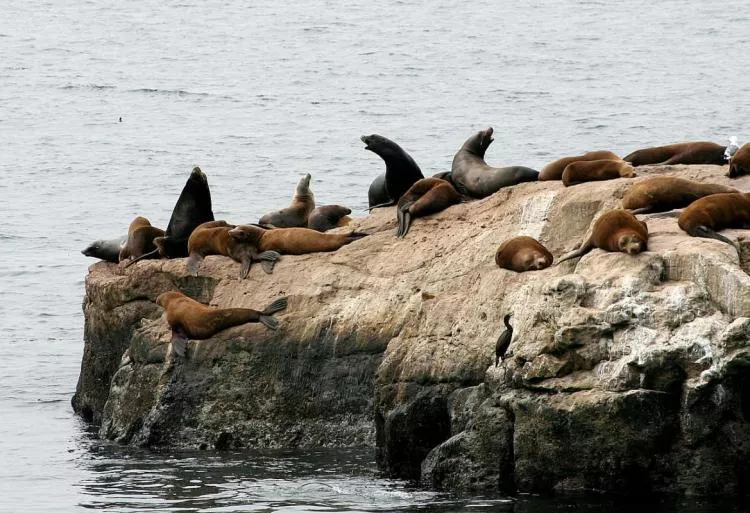How seals avoid the bends
Lung collapse is considered the primary mechanism that limits nitrogen absorption and decreases the risk of decompression sickness in deep-diving marine mammals.
Documentation of lung collapse and estimation of the depth at which collapse occurs has been difficult and only obtained in a few species.
Researchers led by Birgitte McDonald at the Scripps Institution of Oceanography netted a female adult California sea lion (Zalophus californianus), anaesthetised the animal and fitted it with loggers to record oxygen pressure in its main artery and the time and depths to which it dived.
At a depth of around 225m, there was a dramatic plunge in the sea lion's oxygen pressure, signalling that it had collapsed its lung to shut off additional air (and thus nitrogen) to its bloodstream.
Lung collapse
Lung collapse in diving mammals is a natural action, in which air-processing alveoli - elastic, balloon-like structures attached to the bronchi - are depleted to reduce the size of the organ.
The sea lion kept on diving, reaching a depth of some 300m before beginning its ascent.
At around 247m, the oxygen pressure rose again, pointing to a reinflation of the lung, and then fell off slightly before the sea lion breached the surface.
Another important function of lung collapse in the sea lion is the preservation in the upper airways of an oxygen reservoir that is then used during ascent when gas re-expands into the alveoli of the lung. Thus, lung collapse during serial deep dives also serves to prevent severe hypoxaemia, decreasing the risk of shallow water blackout during ascent.
























